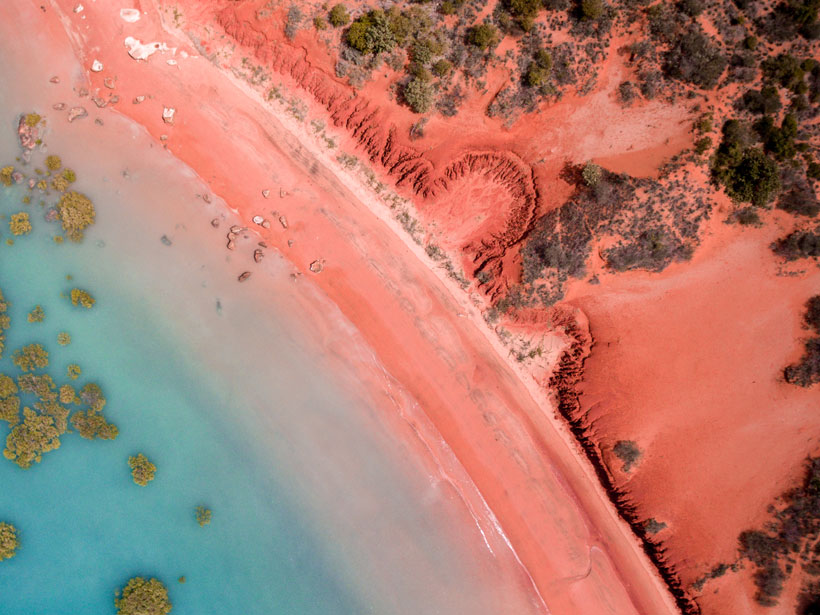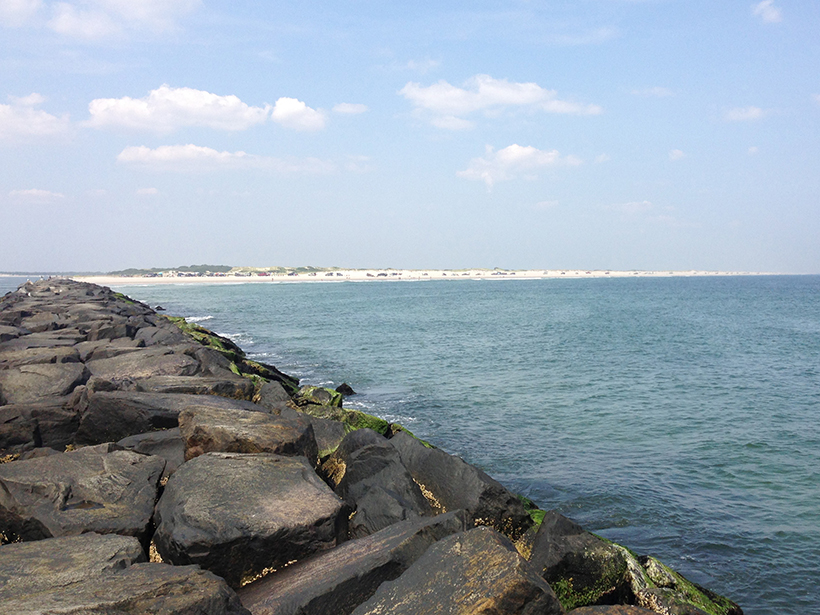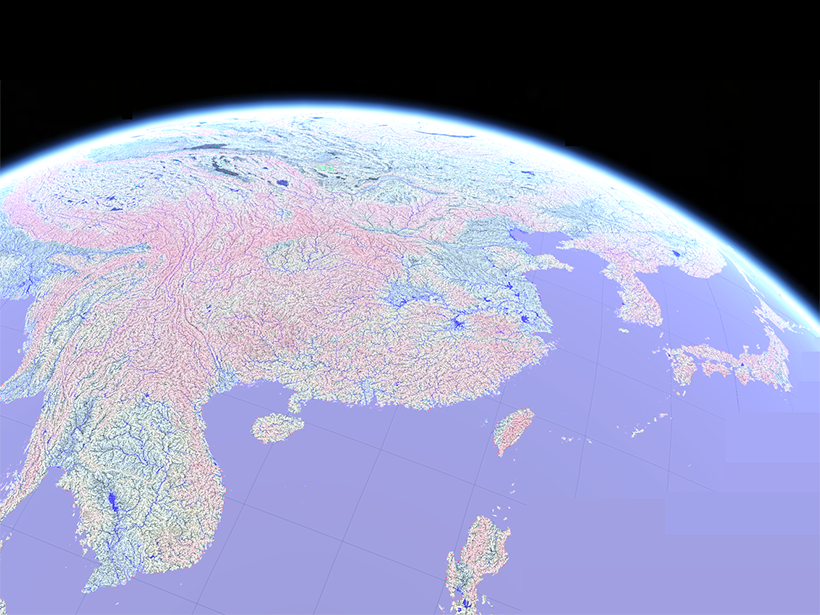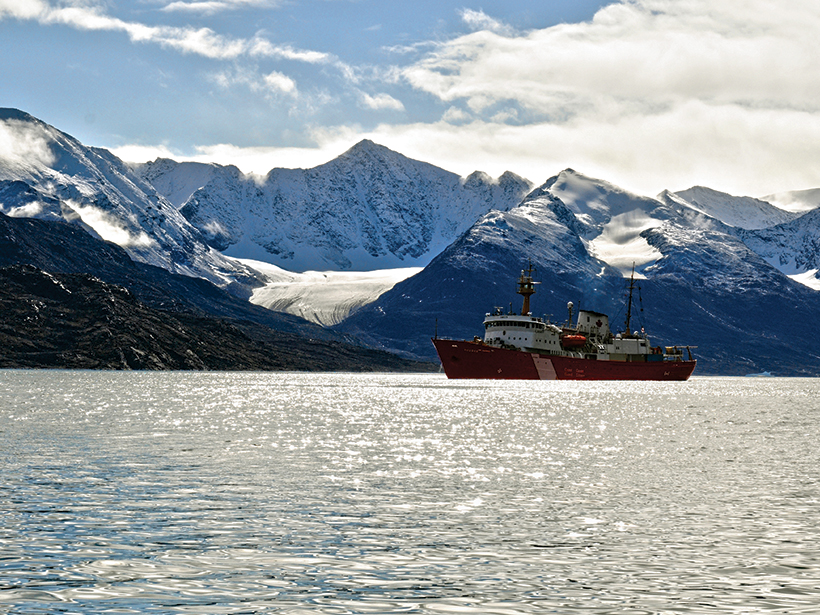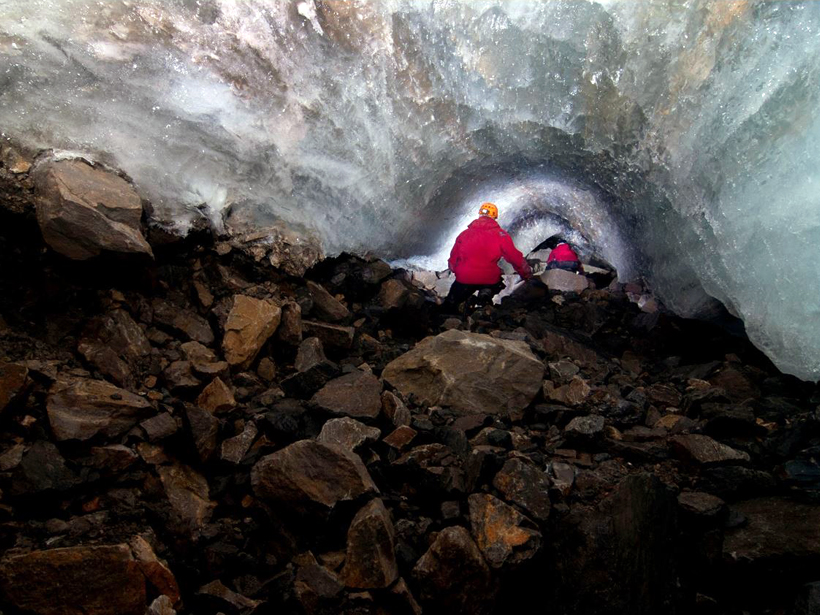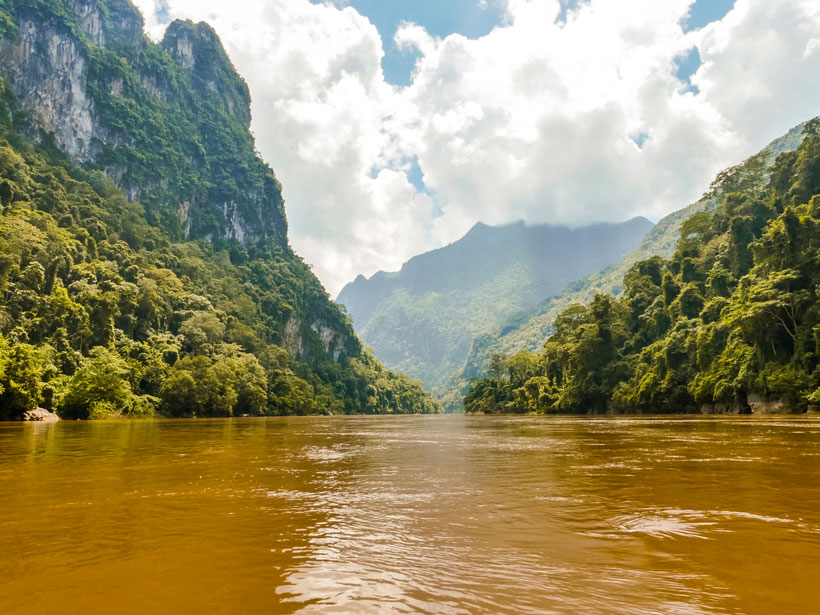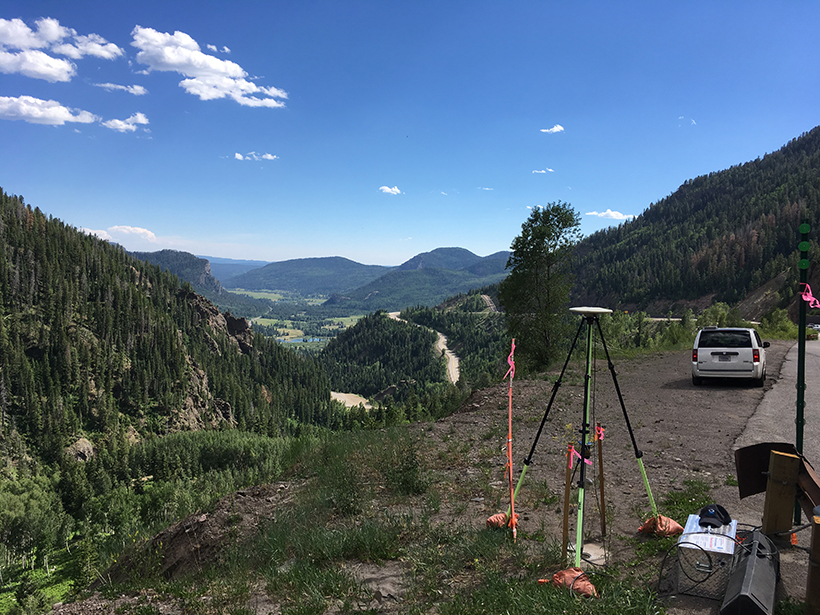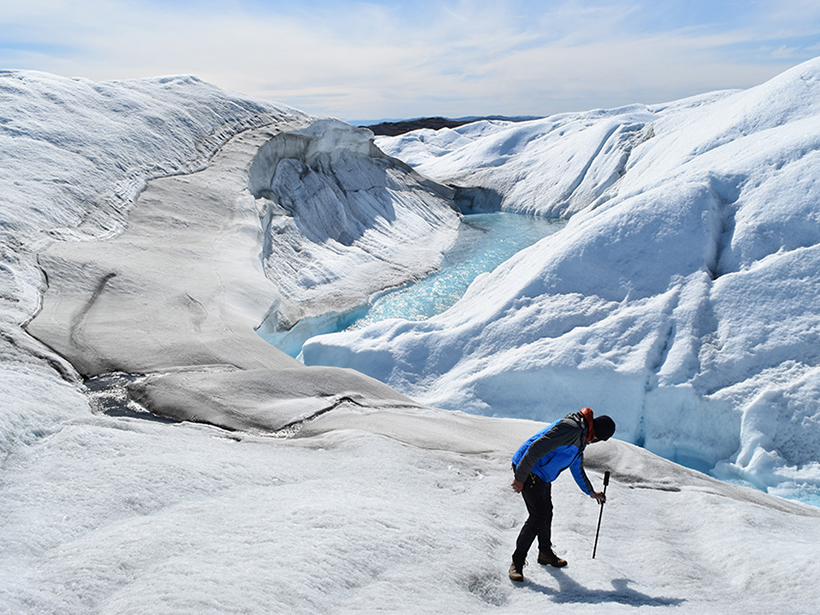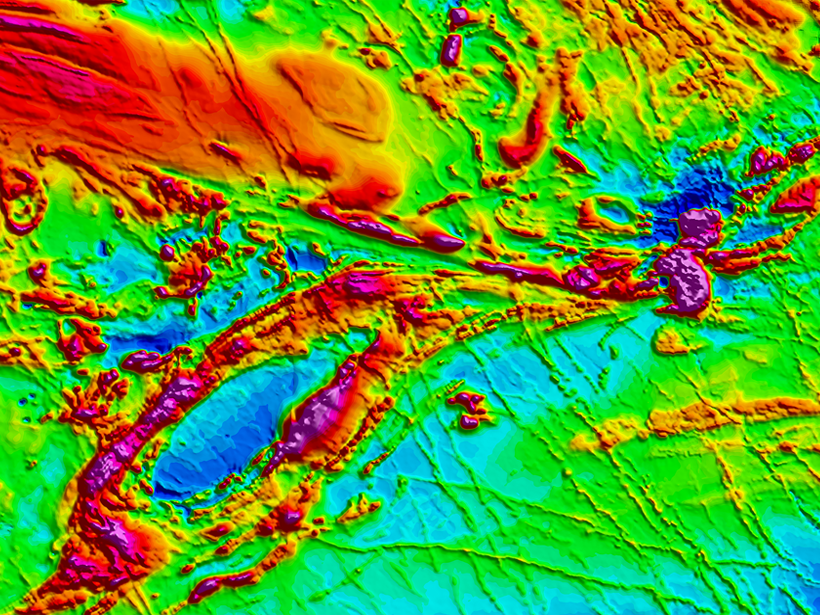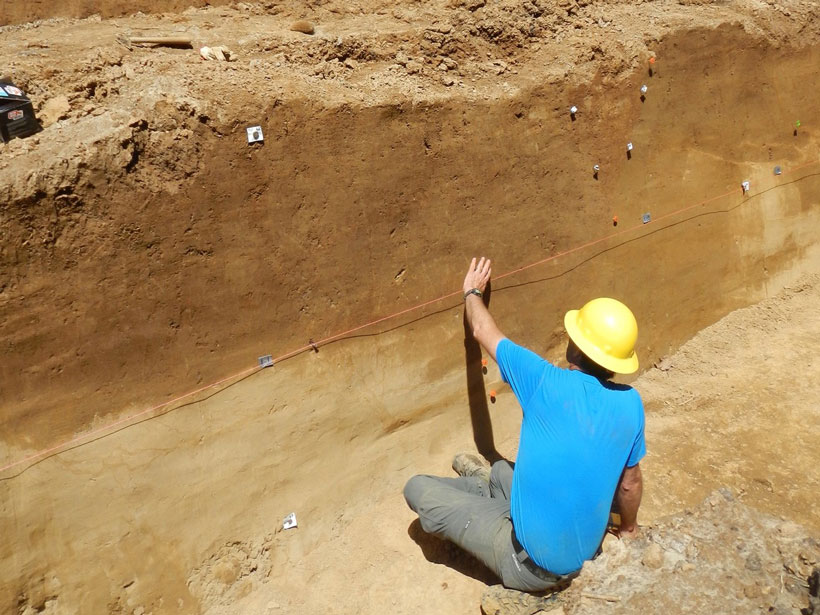Intertidal zones support biodiverse habitats but have lost serious ground in recent decades to development, erosion, and sea level rise.
mapping
Huge Aquifer Imaged off the Atlantic Coast
Offshore aquifers may be a common feature along passive continental margins around the world.
A More Accurate Global River Map
A new map of global river systems is based on crowdsourcing and the latest topography data sets.
Arctic Glacial Retreat Alters Downstream Fjord Currents
High-resolution mapping efforts could improve predictions of coastal changes as glaciers shrink around the world.
Mapping Subglacial Meltwater Channels
Researchers find that past studies underestimate the friction meltwater channels exert on glaciers by orders of magnitude.
Where Did All the Free-Flowing Rivers Go?
A map of the world’s free-flowing rivers shows a shrinking number can still meander as they please. New plans for hydropower will further constrain flow.
Airborne Gravity Surveys Are Remaking Elevations in the U.S.
Measuring gravity’s tiny fluctuations is giving the United States an upgraded system of elevations.
Mapping Ice Algal Blooms from Space
Satellite data reveal how colorful algae are melting the Greenland ice sheet.
Finding the Gaps in America’s Magnetic Maps
A 2017 executive order mandated a plan to evaluate U.S. access to critical mineral resources, but the airborne magnetic survey maps that support this effort are sadly out of date.
Secrets from the New Madrid Seismic Zone’s Quaking Past
High-resolution lidar topography reveals a long history of ancient earthquakes.

